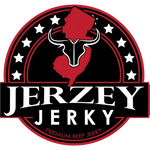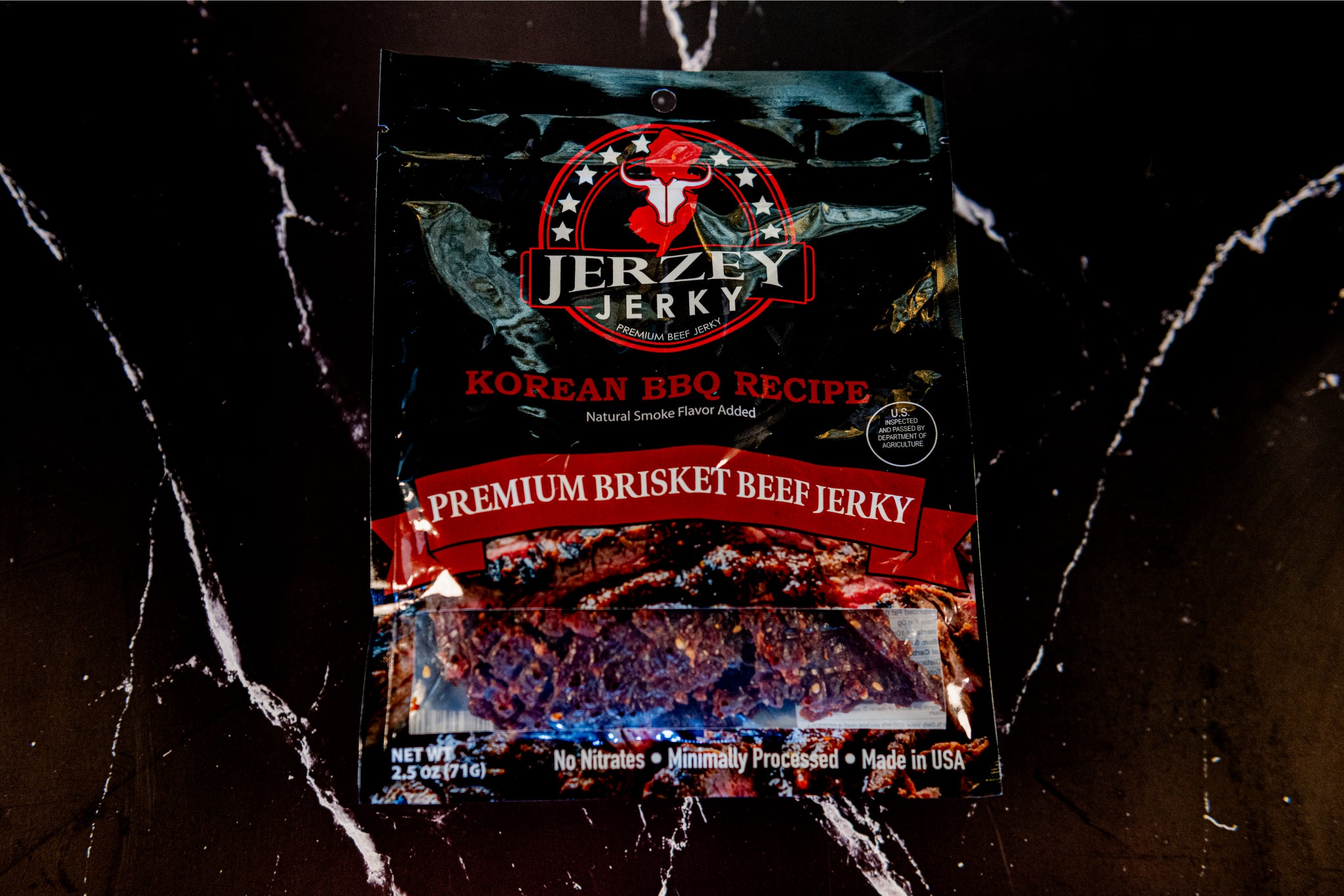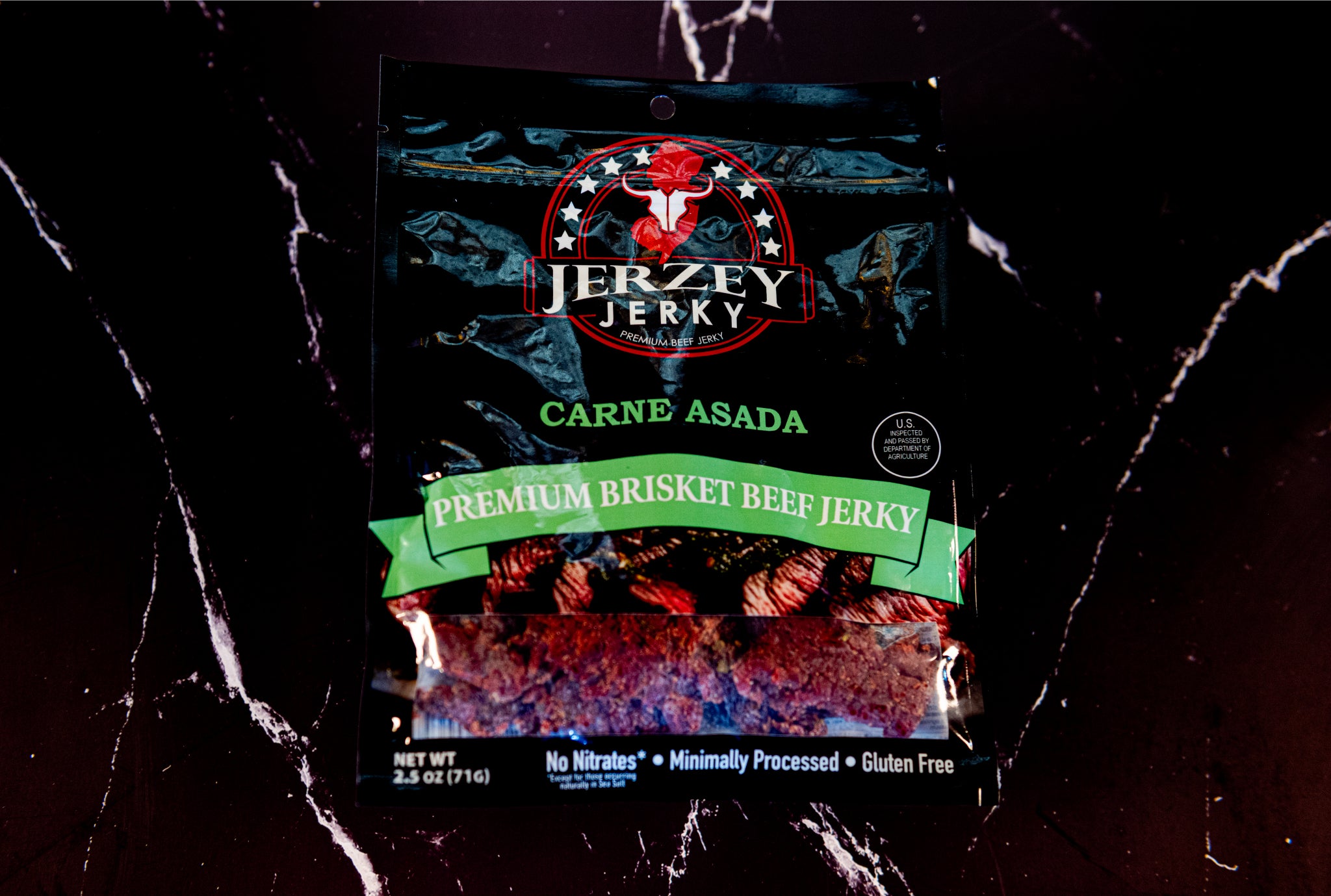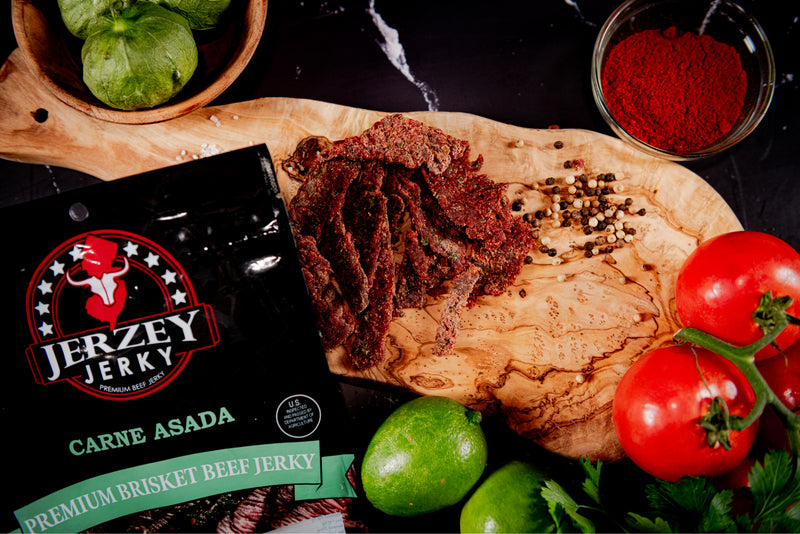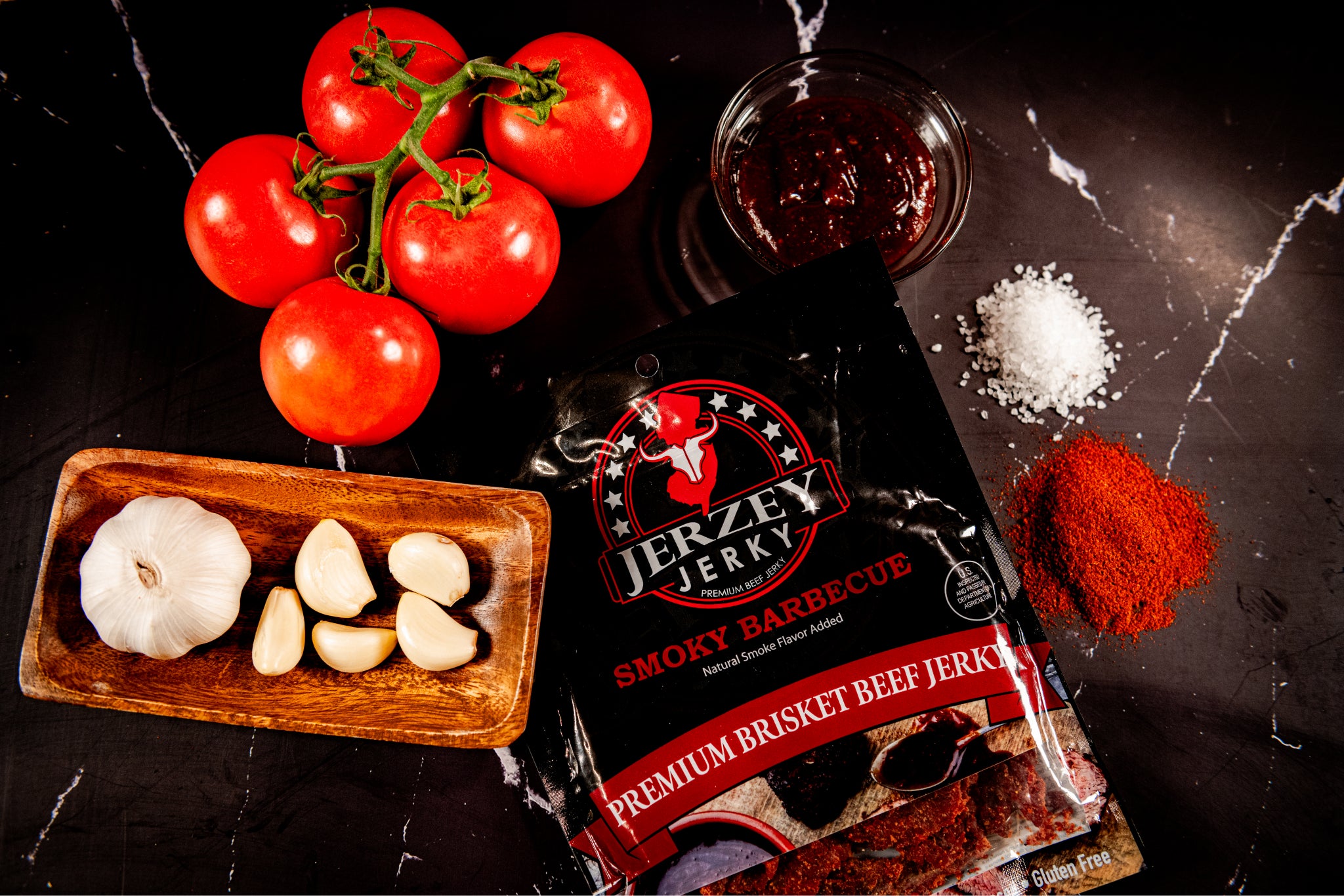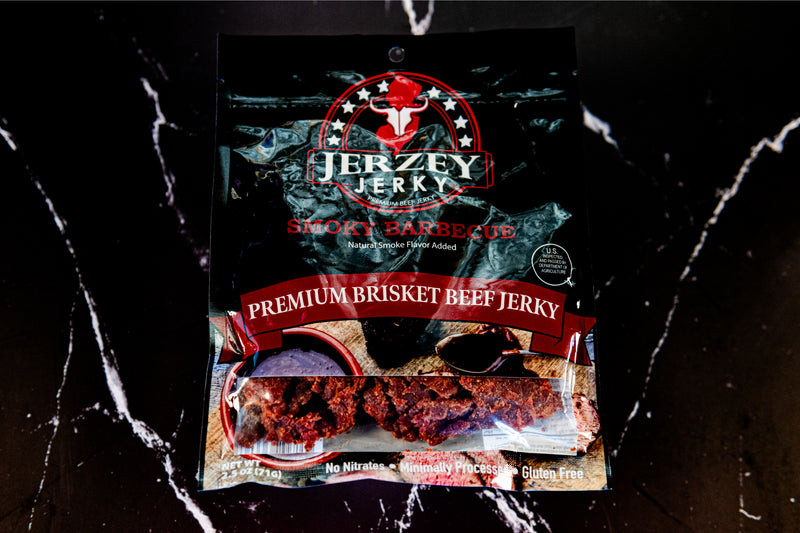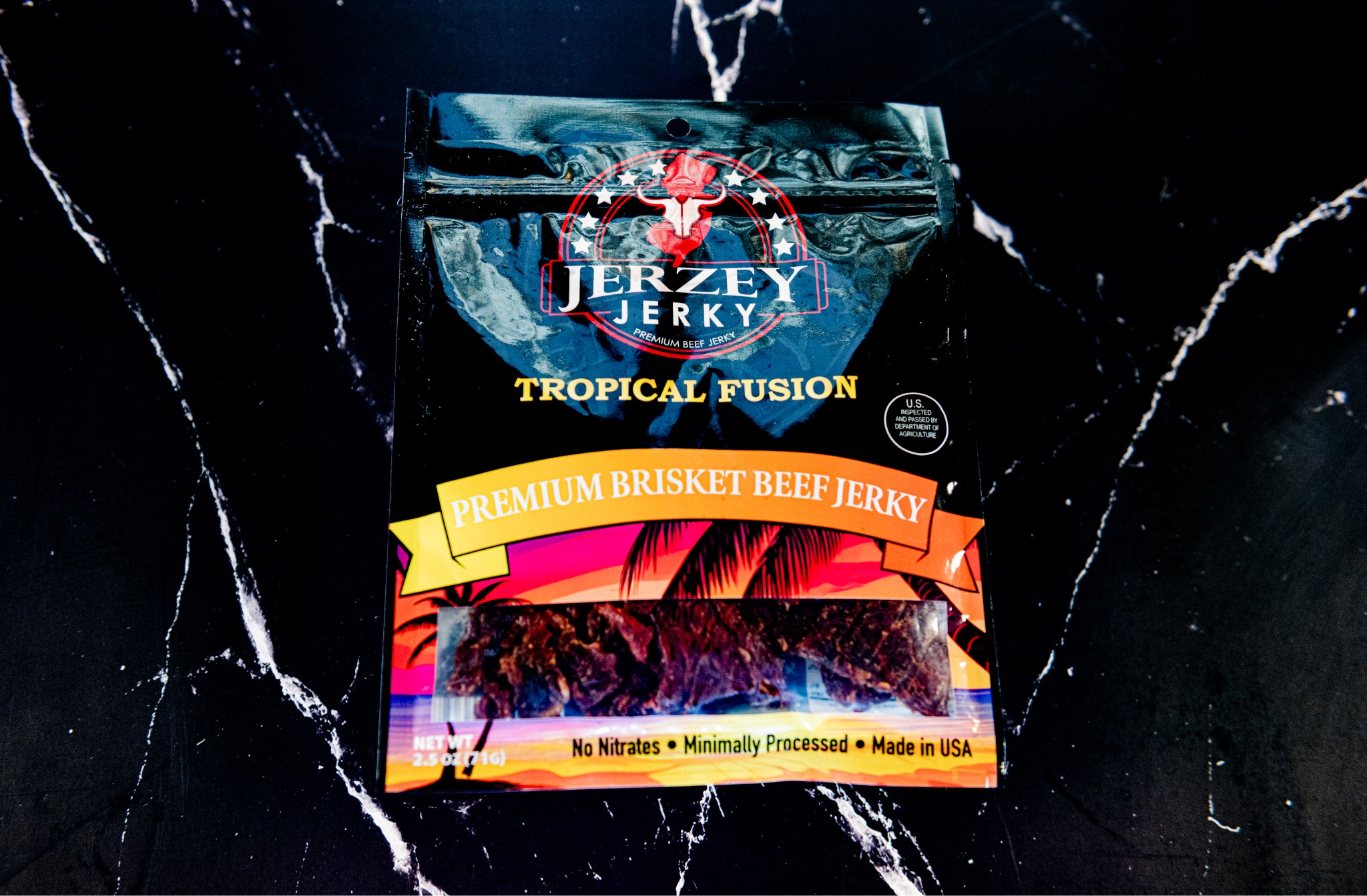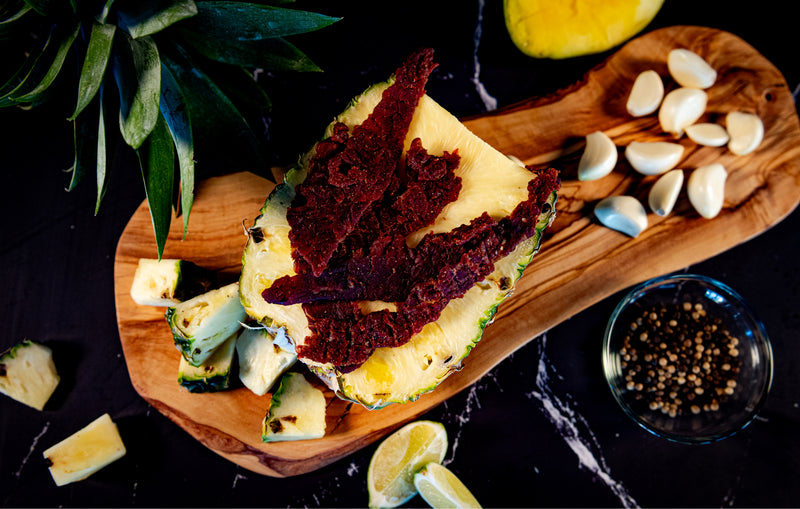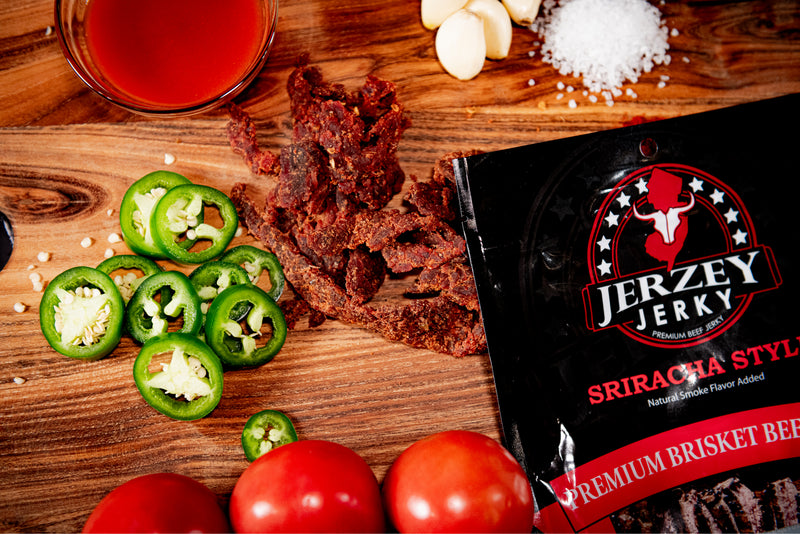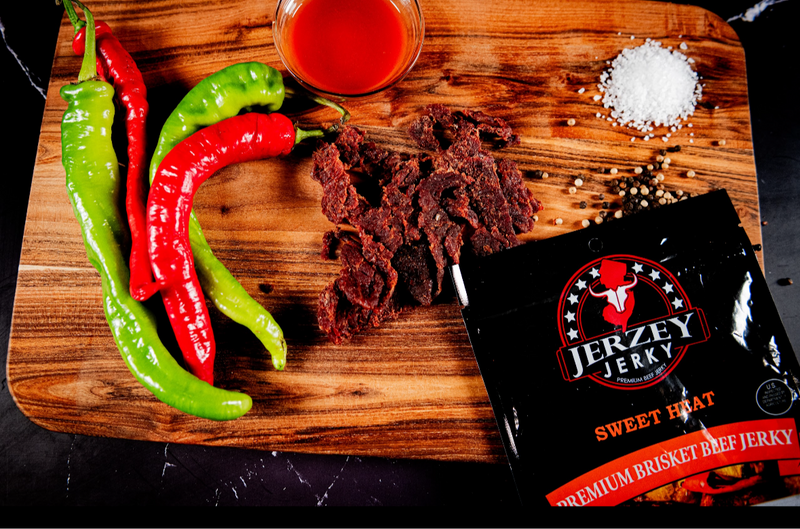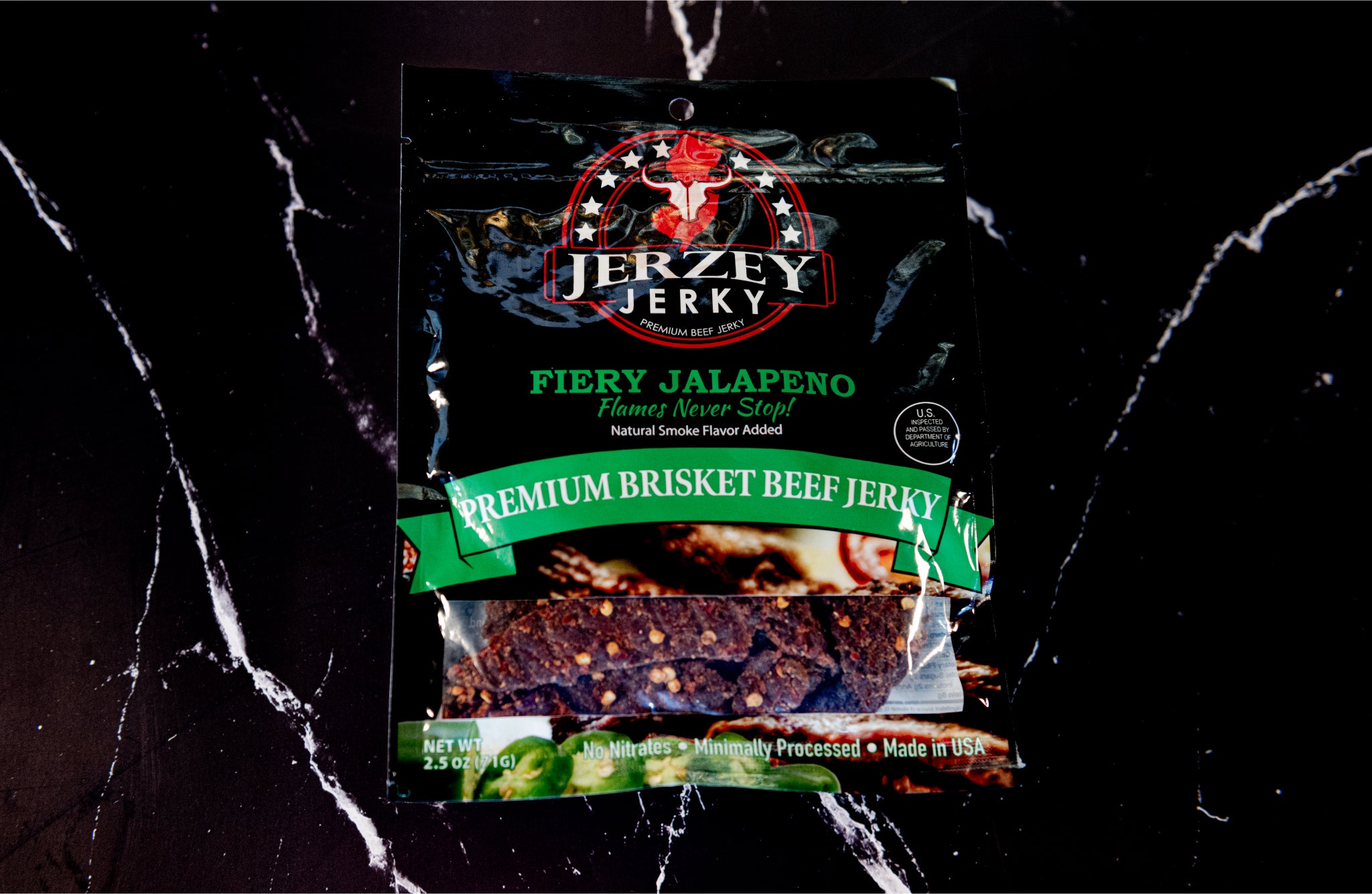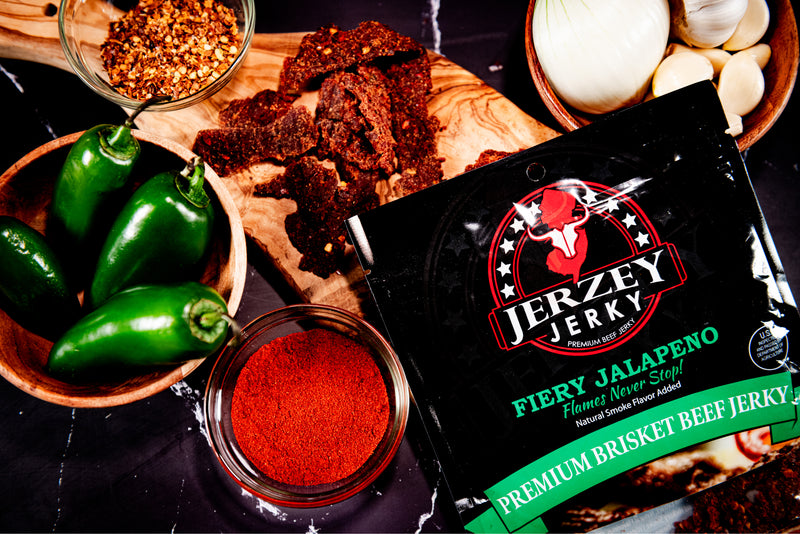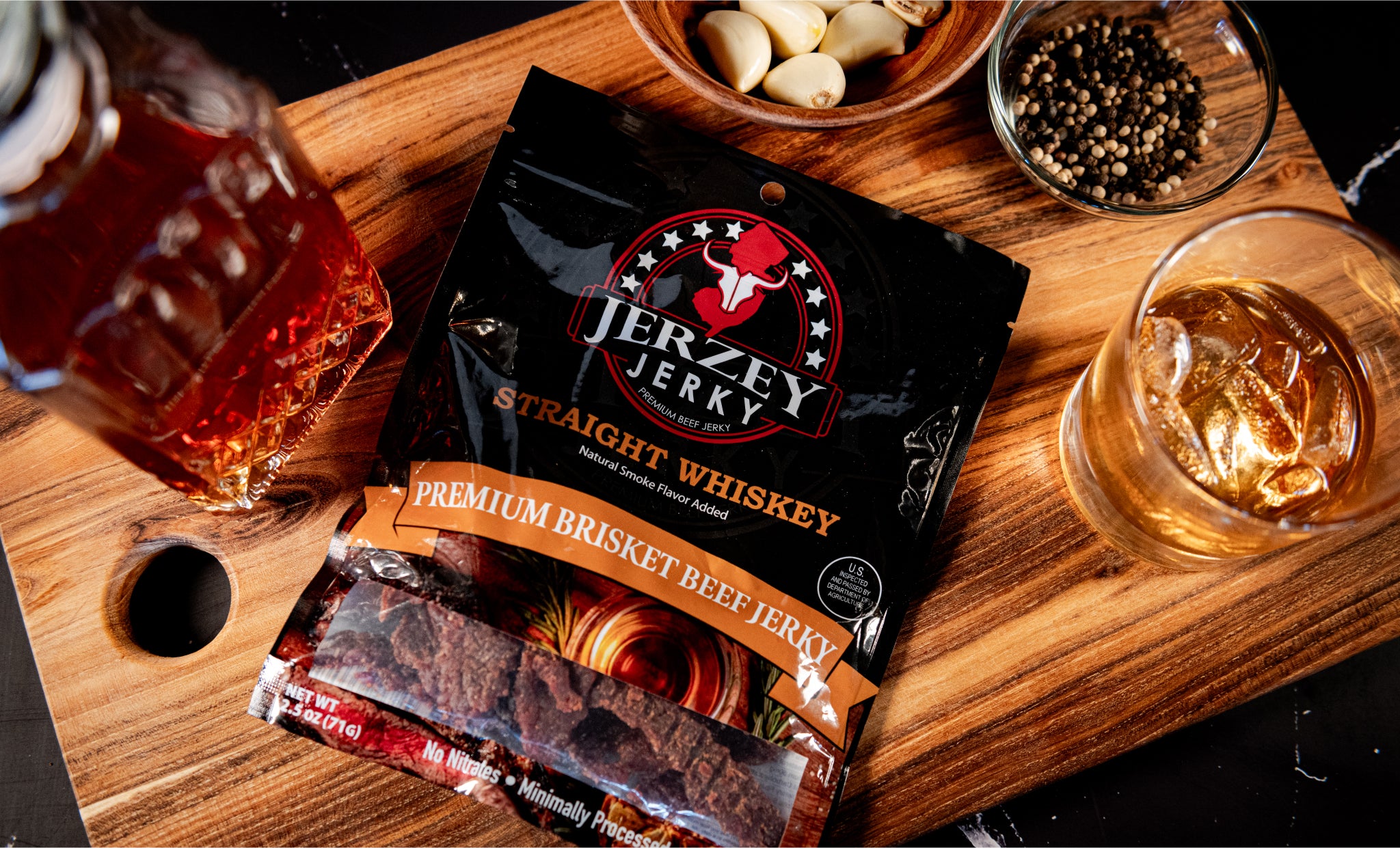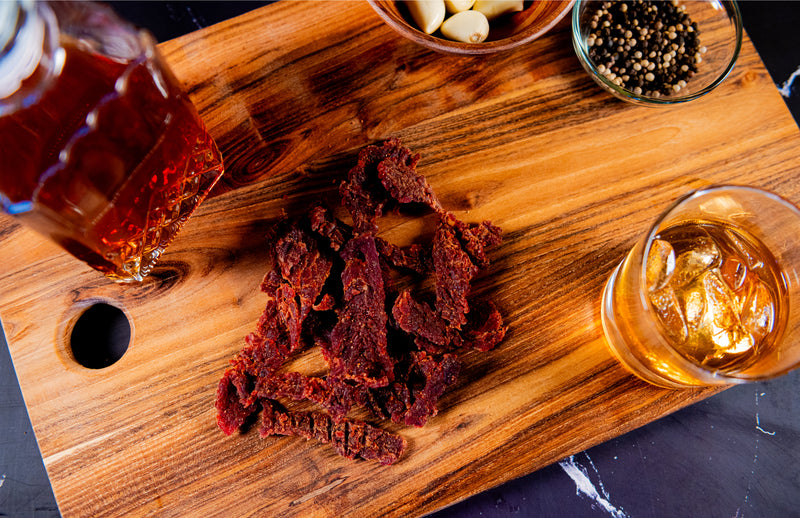
Roast Beef: Classic Dish, Preparation & Cooking Guide
Roast Beef is cooked by roasting a large cut of beef in the oven to achieve a juicy, tender interior and a flavorful, dark brown colored exterior. It is commonly served with vegetables or hot gravy at holiday feasts and Sunday dinners. Roasted beef is also used as a cold cut for sandwiches. Unlike grilling, roasting is slow and even cooking using dry heat. The doneness is determined by measuring internal temperature.
What is the Nutritional Value of Roast Beef?
Here are five components in roasted beef that increase its nutritional value:
- Calories: Leaner cuts are lower in calories than fattier ones. 3.5 ounces of sirloin, top round, and eye of round contain 220 calories per serving. A chuck or rib roast contains more external fat and marbling, thus increasing calories( 250 calories or more per 3.5-ounce serving).
- Protein: 100 grams of lean roast beef contains 22-26 grams of protein. These proteins play an important role in maintaining and building muscle mass. The lean cut of beef prevents sarcopenia(muscle loss) in older adults and also aids in recovery after exercise.
- Fat Content: Tenderloin and sirloin meet the definition of the USDA’s “lean”, as they contain less than 10 grams of fat per serving. Trimming excess fat before and after cooking beef reduces overall fat content. Grass-fed beef offers more fuse linoleic acid(CLA). It’s a kind of trans fat that is not considered unhealthy.
- Vitamins & Minerals: Roasted beef is rich in heme iron, which is easily absorbable by the human body as compared to non-heme iron from plant sources. It is essential for oxygen absorption and preventing anemia. Vitamins like B, B12, niacin, and riboflavin are also present in roasted beef. These vitamins are important for brain working, energy production, and red blood cell formation.
- Health Aspects: Roasted beef is beneficial for populations that lack nutrients. But high consumption leads to serious health issues like heartburn and cancer.
Shop the best-selling Teriyaki Beef Jerky - Brisket & Korean BBQ Beef Jerky - Brisket !
What are the Characteristics of Roast Beef?
Here are four characteristics of roasted beef:
- Flavor: Roasted beef has an umami-rich, savory flavor. The final flavor is enhanced by using seasonings like garlic, salt, black pepper, onion, and herbs. Prime ribs are fattier cuts in which flavor is further enhanced by marbling.
- Texture: When the beef is roasted evenly, the texture becomes tender, succulent, and juicy. Texture also changes with the type of cut. Lenaer cuts are firmer, and fattier cuts are tender and juicy.
- Appearance: The exterior becomes brown, rich, and crispy due to the heating process. While the interior varies from rosy red to rare brown. Its appearance primarily depends on the doneness.
- Aroma: Roast beef has a distinct and comforting roasted aroma that fills the kitchen as it cooks. It’s a blend of the hearty beef smell and the herbs and spices used in seasoning.
What are the Best Cuts of Beef for Roasting?
There are five best cuts of beef used for roasting:
- Rib Roast (Prime Rib): It’s known as the king of roasts, considered for its tenderness, beefy flavor, abundant marbling, and juicy texture. It is extracted from the primal rib part of the cow, available both as boneless and bone-in.
- Sirloin: It comes from the upper part, where muscles are less active than legs. It’s a budget-friendly option, but still balances flavor and tenderness. A top sirloin is a good lean choice, while a sirloin top roast is economical.
- Tenderloin: It’s best known for its tenderness, an exceptional choice where tenderness is the main focus. It’s the leanest cut with minute marbling. Overcooking the tenderloin leads to dryness, so cook it at rare or medium-rare doneness.
- Top Round: It is obtained from the hind leg of a cow, known for its cheap budget. It must be cooked at a slow heat to ensure tenderness. It offers a strong beefy taste and is best for deli-style beef sandwiches.
- Rump Roast: Slow-cooking the rump roast breaks down its connective tissues and muscles to make it more tender and flavorful.
How to Prepare Beef for Roasting?
Follow these four steps to prepare beef for roasting:
- Trimming: The excess fat is removed during the trimming process to make the beef healthy. Leave about ¼ inch of fat layer for adding flavor and keeping ot moist during and after cooking. Use a knife to trim silver skin, as this fat doesn’t break down during the cooking process.
- Tying (Trussing): Tye the beef with butcher’s twine to make it compact into a uniform shape. It prevents thinner parts from cooking faster than the thicker parts. Trussing is primarily useful in rolled roasts(like from a butterflied roast) to maintain their shape during the cooking process.
- Seasoning: Due to the large size of the cut, a beef roast needs a generous amount of seasoning to add beyond the surface. The dry brine technique is used to add maximum flavor, done by rubbing the beef 12 to 48 hours in advance with salt. Black pepper, onion, garlic, and fresh or dried herbs are added on the day of cooking to add exterior flavor.
- Marinating: Marinating is a good option for leaner cuts to tenderize them properly and infuse flavor. Prefer using a marinade with an acidic component like vinegar to break down muscles easily. Marinate in the refrigerator for a minimum of 2 hours, or as long as 24 hours.
How to Cook Roast Beef Properly?
Follow these five steps to roast beef properly:
- Oven Roasting: Heat the oven before cooking to a high temperature, typically 450°F (230°C). Place the prepared beef in a roasting pan and cook for 15-20 minutes. Then reduce the temperature to 350°F and continue heating until it reaches the desired doneness.
- Slow Roasting: It is ideal for chuck roasts to get the intended tenderness. The oven is set to a low temperature, like 225°F, and it takes 25-30 minutes per pound.
- High-Heat Roasting: Mostly used for leaner cuts(sirloin) for crispy cuts. The temperature is set to about 475°F, and the roast is cooked for a shorter period of time.
- Reverse Searing: Beef is roasted at 250°F until it is cooked. Neef is removed from the oven and left to rest up to 10-15 minutes. Then it is seared for 1-2 minutes on each side to develop a brown, crispy crust.
- Internal Temperature: Prefer using a meat thermometer for checking doneness (rare, medium, well). The internal temperature rises to 5–10°F as the roast rests.
What are the Common Mistakes to Avoid When Roasting Beef?
Avoid these five common mistakes while roasting the beef:
- Skipping Resting Time: Carving the beef immediately after removing it from the oven leads to the loss of juices. The juices collect at the center of the beef while cooking, and slicing it right away causes these juices to split on the board. It leaves the beef dry and tough. Leave for 15-20 minutes to enjoy the flavor.
- Overcooking: Relying on cooking time per pound causes dryness. Use a thermometer to measure the temperature inside for verifying doneness. Take out the roasted beef from the oven when it is 5–10°F underneath the target temperature to account for carryover cooking.
- Using Cold Meat: Placing the refrigerated beef directly into the oven causes uneven cooking. It cooks the external surface while the interiors remain undercooked. Allow it to rest for one to two hours at room temperature.
- Not Using a Thermometer: It’s hard to judge doneness by eye. Prefer using a thermometer to verify doneness. Insert it into the thick part, avoiding bone contact, to measure the results accurately.
- Cutting too soon: When the resting time is skipped, the muscle fibers immediately release their juices. A juicy roast becomes a dry one, with a puddle of liquid on the cutting board instead of moisture locked within the meat fibers. Allow the roast to rest and juices to settle all around for a flavorful taste.
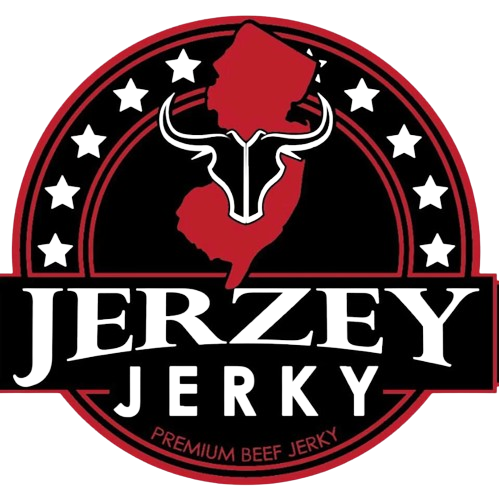
 2025-09-11
2025-09-11
 Wayne Holland
Wayne Holland

